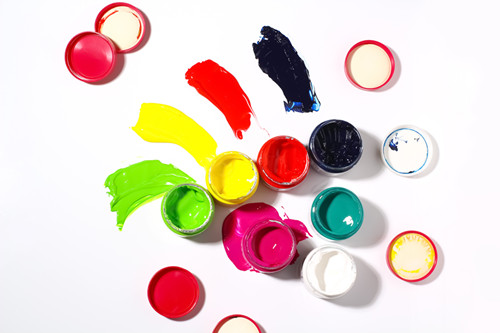
On August 16, 2023, Peru’s General Directorate of Environmental Health and Food Safety (DIGESA) notified the World Trade Organization (WTO) of a regulation concerning paints and other coating materials. This regulation is designed to restrict the lead content in paints, ensuring the protection of public health and safety. It also outlines requirements for product labeling. Currently, the regulation is undergoing a 60-day review, comments are welcomed before October 15.
Scope of application: This regulation is applicable to paints and other coating materials manufactured, imported, distributed and/or sold within the territory of Peru.
Restrictions: The maximum allowable quantity (MAQ) of lead is 90 parts per million (ppm) or 90 milligrams per kilogram (mg/kg) of the total non-volatile content in paints. Lead concentration measurements must adhere to testing methods approved by the National Quality Institute (INACAL) in Peru.
Depending on its composition, each paint or coating material is required to obtain sanitary authorizations for manufacturing, importing, distribution, and/or selling. The sanitary authorization is valid for five years.
Labeling requirements:
A label, whether printed on or affixed to a product package, must be durable and weather-resistant. The information on the labels must be easy to understand, easily visible, clearly legible, and indelible, and must be in Spanish. Labels must contain the following information:
- Product identifier;
- Sanitary registration number;
- Name or business entity of a product manufacturer;
- Name, address, and RUC of the holder of a sanitary registration, and tax identification number;
- Country of the manufacturer;
- Net content;
- Batch number or production code;
- Date of production;
- Expiration date;
- Preparation method, dosage, and application method (as applicable);
- Use instructions, warnings, and precautions including an emergency telephone number;
- Pictogram or symbol, hazard statement, or risk phrases (based on product property);
- Storage conditions; and
- Category/degree of hazard, and warning (as applicable).
Note: An authorization by the National Health Authority is required if any of the information on the packaging label intends to be changed.
Safety measures and non-compliance handling measures:
When the health authority reasonably suspects that a product poses a significant risk to human health, it may take one or more of the following measures:
- Detain;
- Sealing;
- The holder of sanitary authorization is required to withdraw the concerned products;
- The holder of sanitary authorization is required to destroy the concerned products;
- Suspend sanitary authorization;
- Revoke sanitary authorization; and
- Temporary or permanent closure of production, storage, or sales facilities.
The regulation stipulates various violations, ranging from minor to serious and very serious, and prescribes different administrative penalties commensurate with their severity. These penalties may include warnings, temporary or permanent closure of establishments, revocation of sanitary authorization, and fines (potentially reaching up to 100 tax units). Furthermore, the regulation mentions that the Peruvian government plans to establish a database for recording illegal activities, where information about violators will be retained for four years.
Transitional period: Paints and other coating materials in the Peruvian market can be sold within six months following the enactment of this regulation. After that, paints and other coating materials must be withdrawn from the market and treated as hazardous wastes.
In the meanwhile, Trinidad and Tobago also introduced a proposal for standards regarding water-based and solvent-based paints. This proposal restricts the content of lead and volatile organic compounds (VOCs) and provides specific requirements for product labeling. Trinidad and Tobago’s proposal primarily applies to packaging paints, liquid coatings, and spray coatings, while excluding dyes, varnishes, fillers, glass sealants, paint, and industrial protective coatings. The restrictions on VOCs and total lead content in paints are as follows:
Water-based paint: the maximum content of volatile organics is 250 grams per litre (g/l), and the maximum content of lead is 0.009% (weight by weight); and
Solvent-based paint: the maximum content of volatile organics is 450g/l, and the maximum content of lead is 0.009% (weight by weight).
CIRS Comments
More and more countries are enhancing their management of substances in paints. For instance, South Korea revoked the exemption for four volatile organic compounds (VOCs) used as diluents in paints this June. In May, the Japan Paint Manufacturers Association also published a list of hazardous substances that can be absorbed through the skin. The use of all these hazardous substances in workplaces is now restricted, and mandatory safety measures must be implemented starting from April 1, 2024. It is foreseeable that this trend will continue in the future.
Under these circumstances, enterprises need to closely monitor the updates to regulations across countries and proactively develop comprehensive contingency plans. Enterprises shall adjust product formulations and optimize production processes to ensure product compliance. Moreover, enterprises should commit their efforts to research and development and proactively seek more environmentally friendly ingredients to meet market and regulatory requirements.
If you need any assistance or have any questions, please contact us via service@cirs-group.com.

